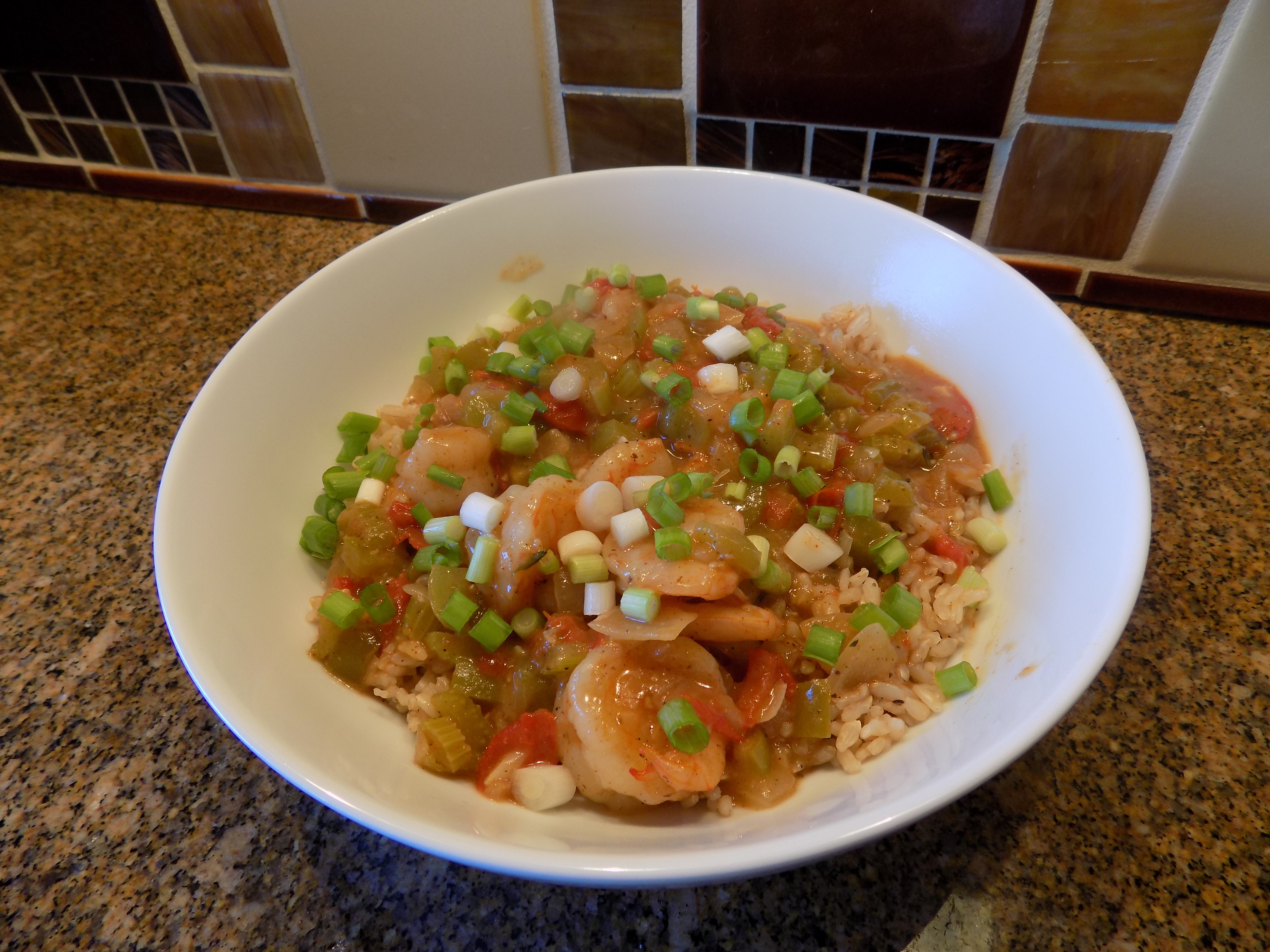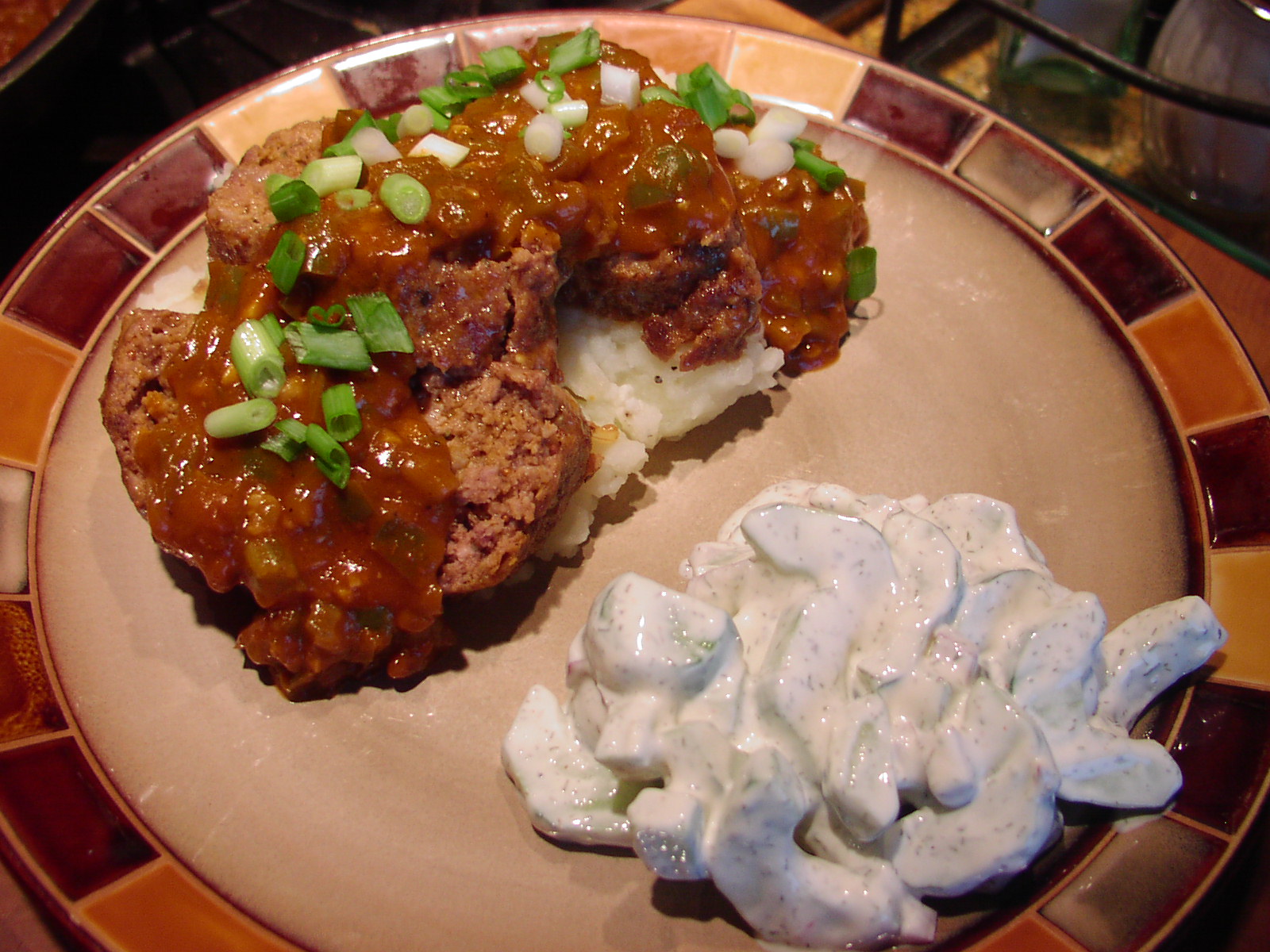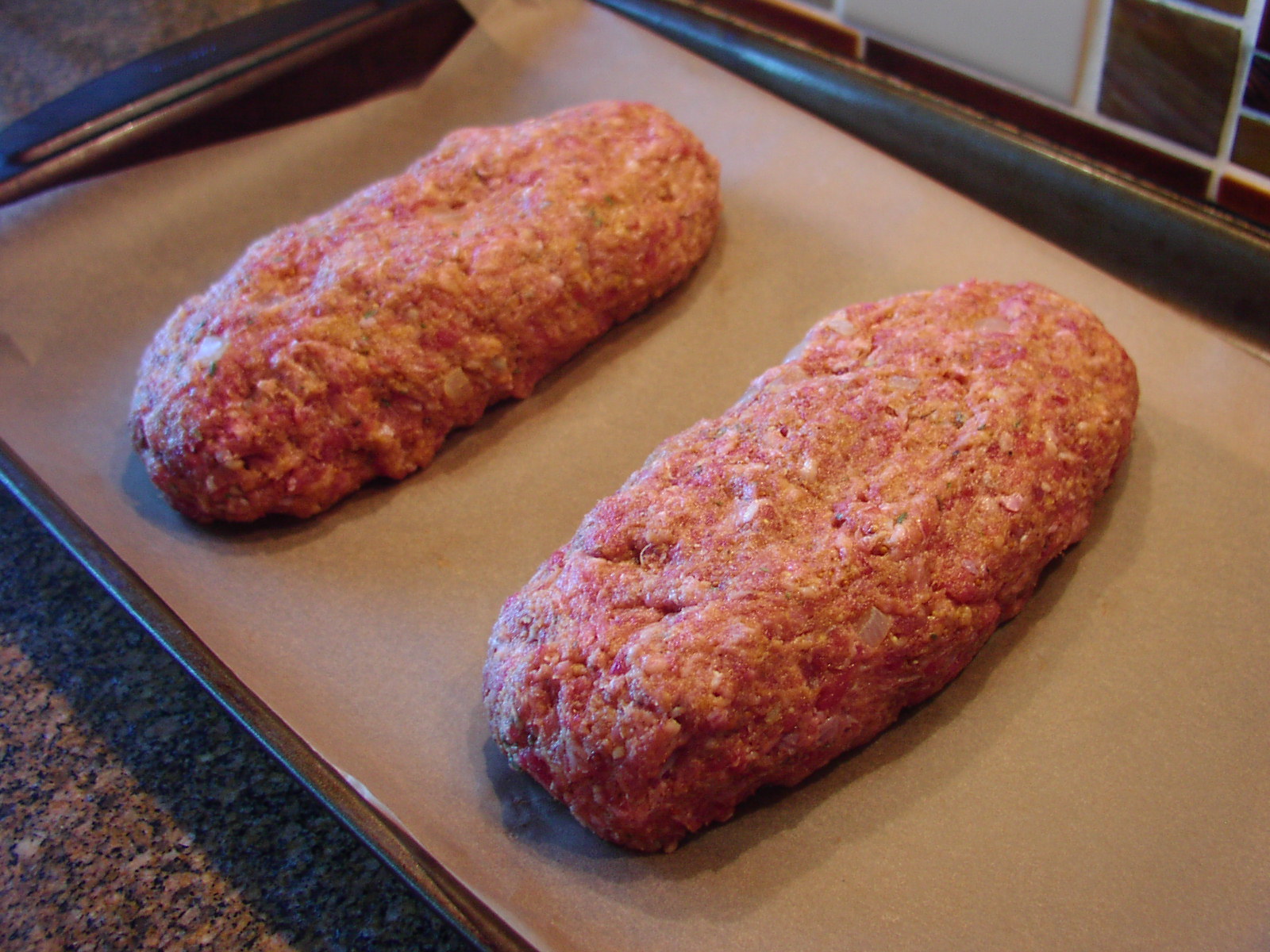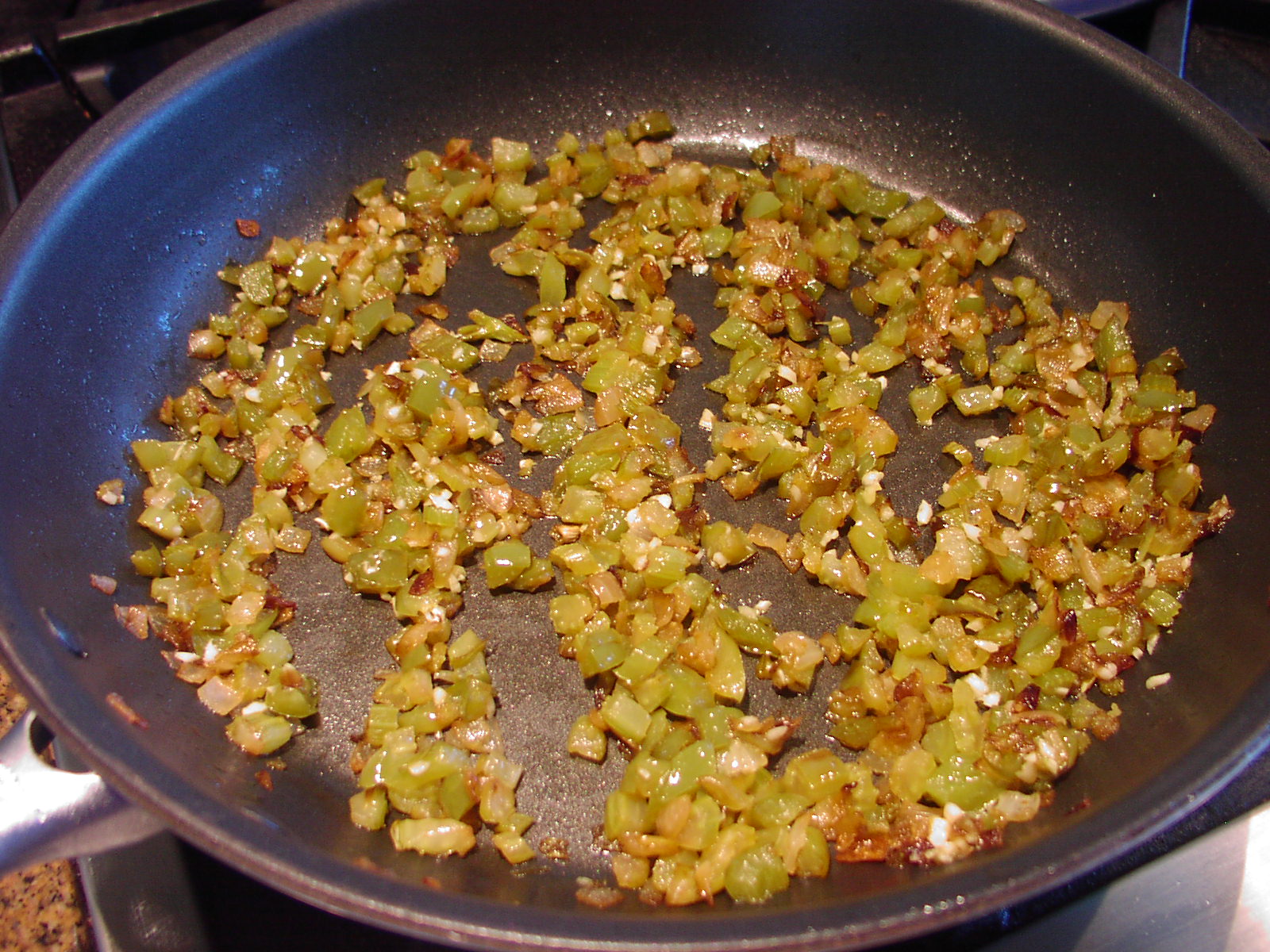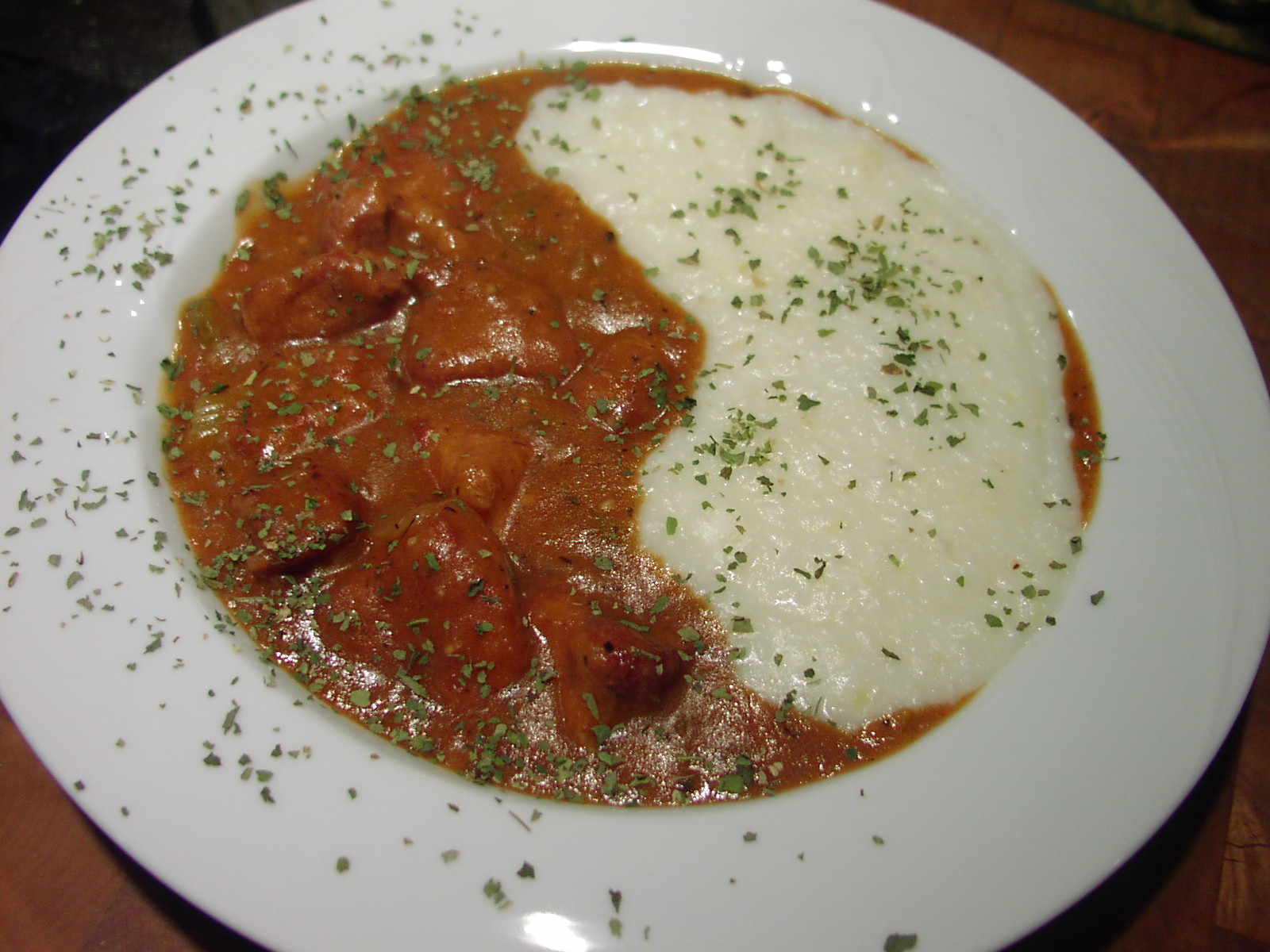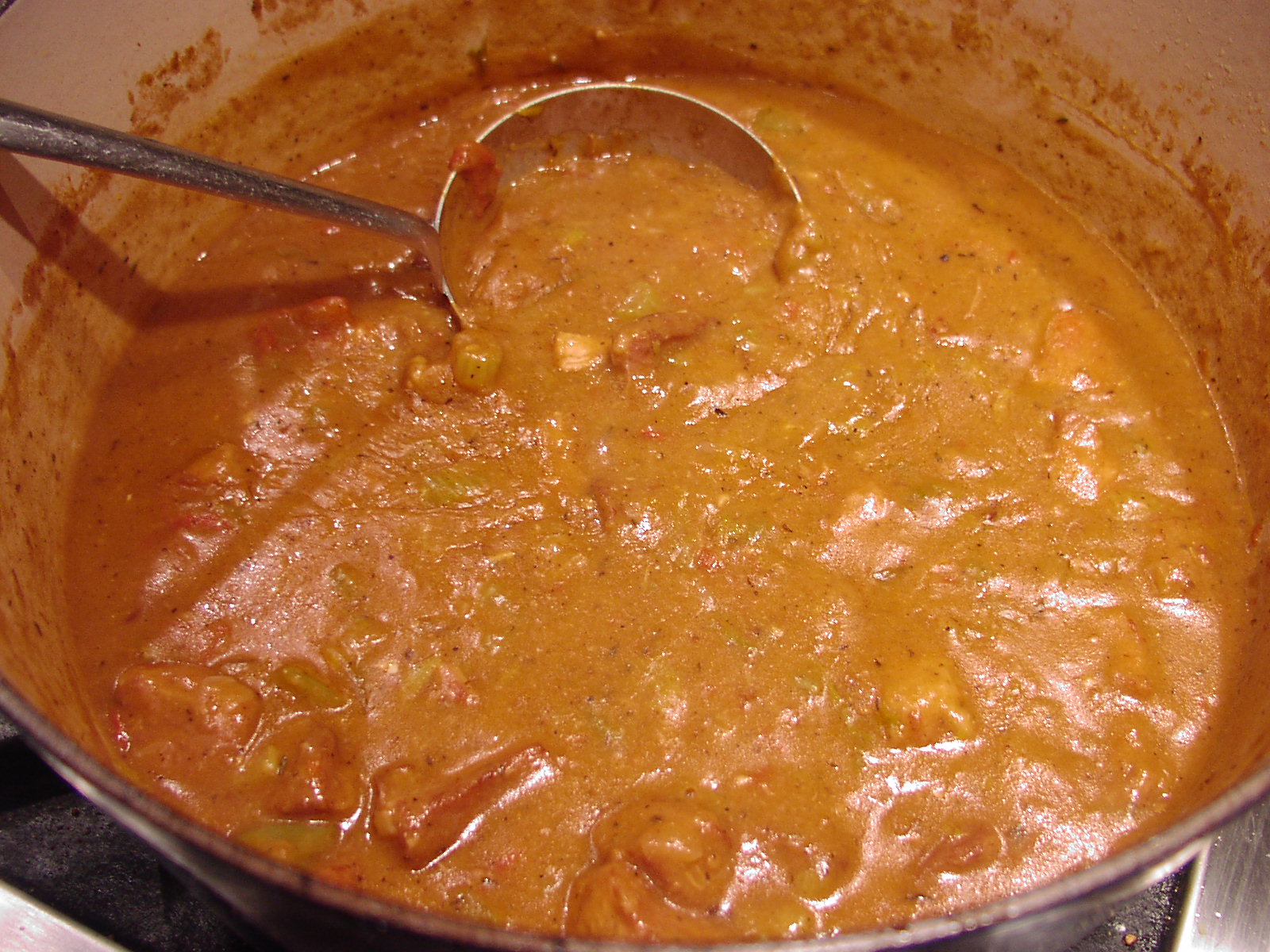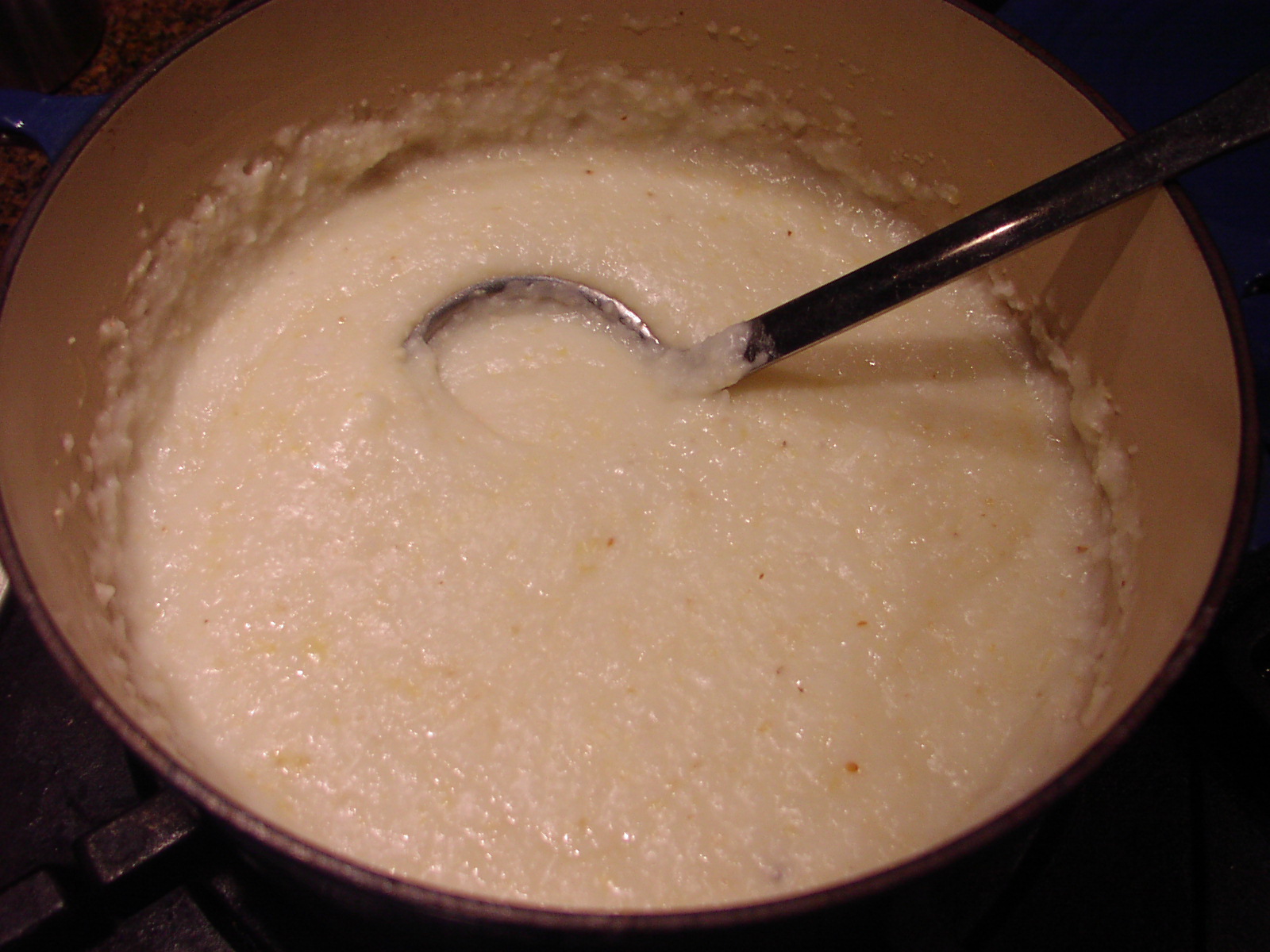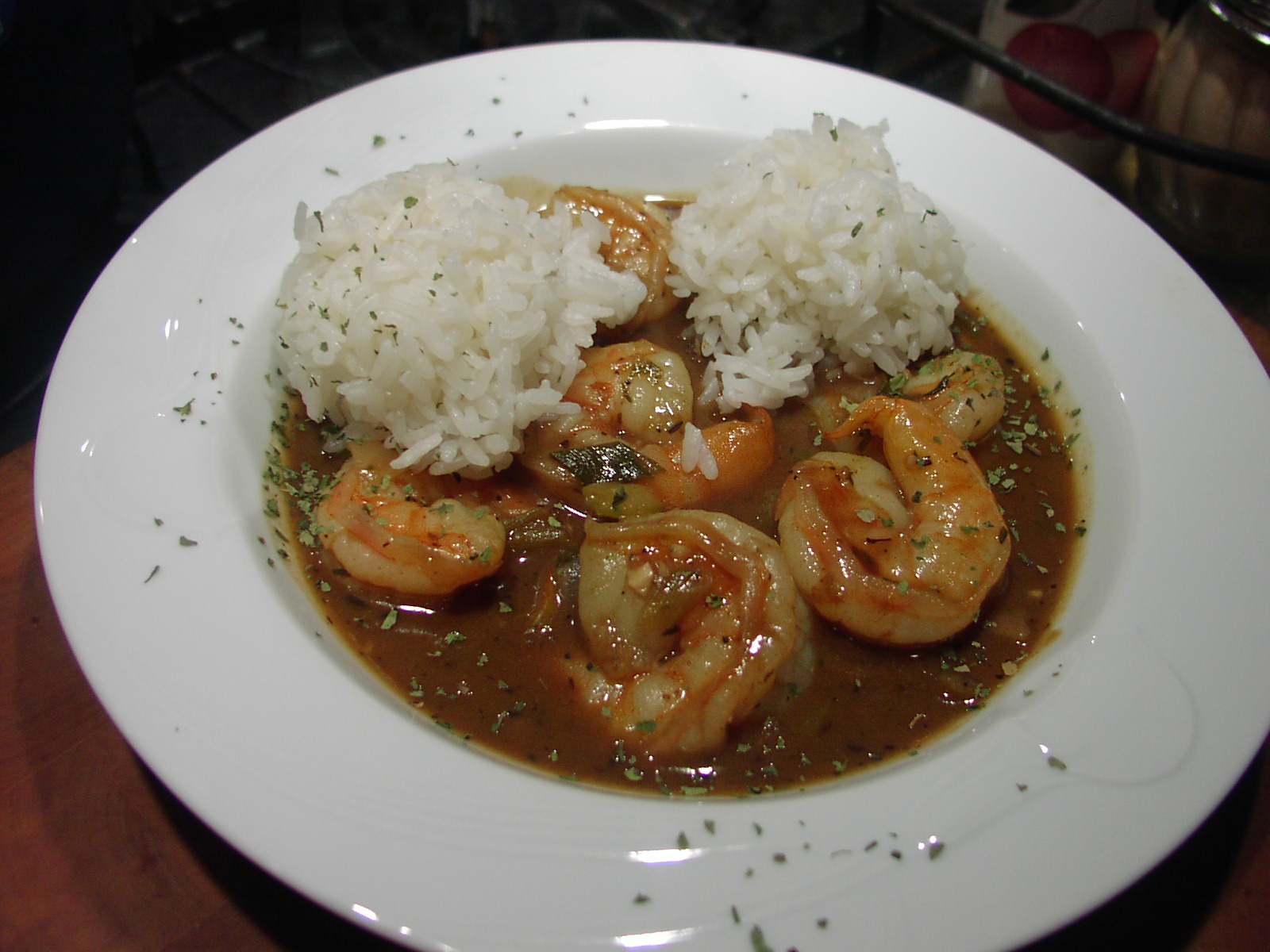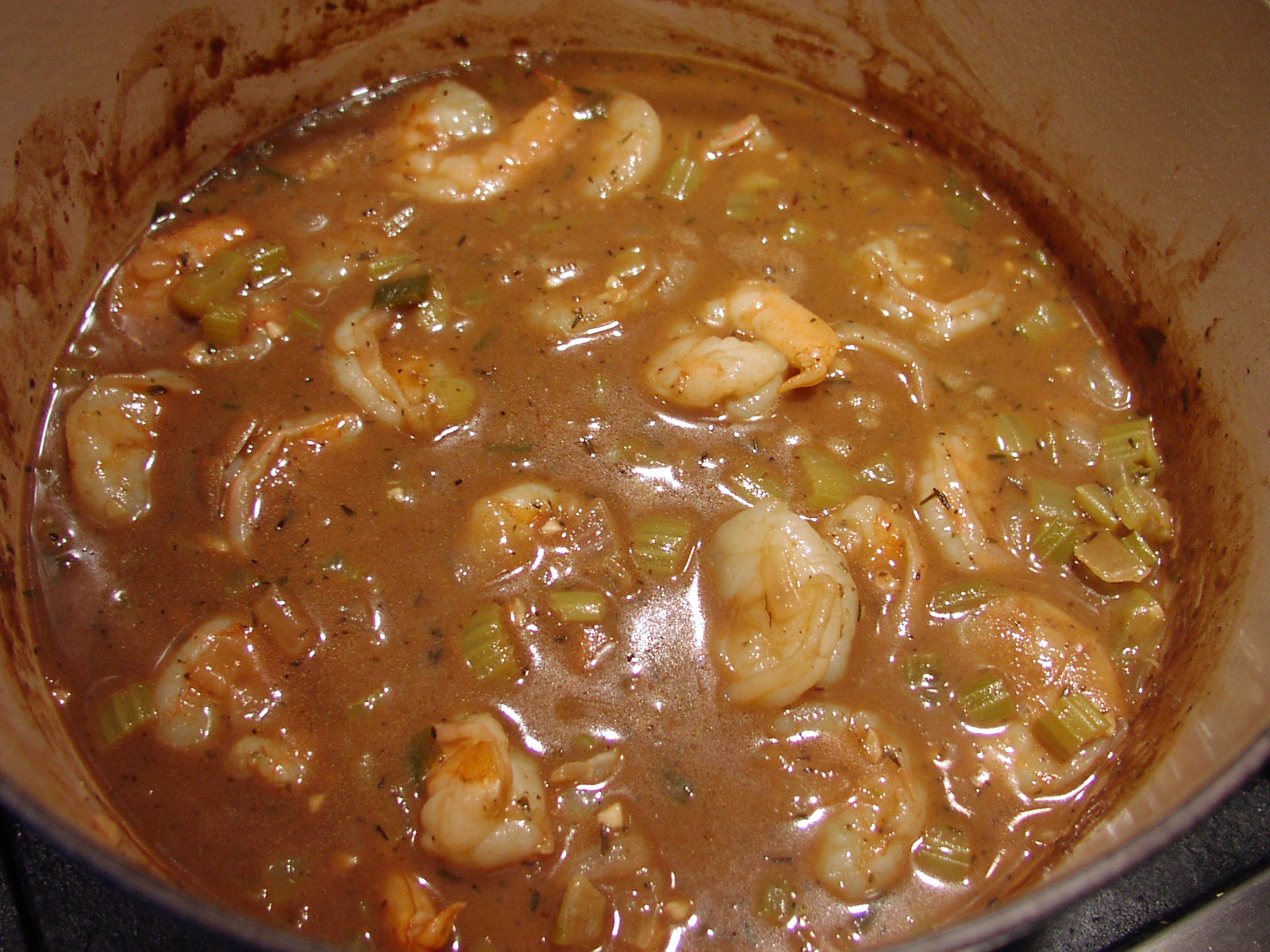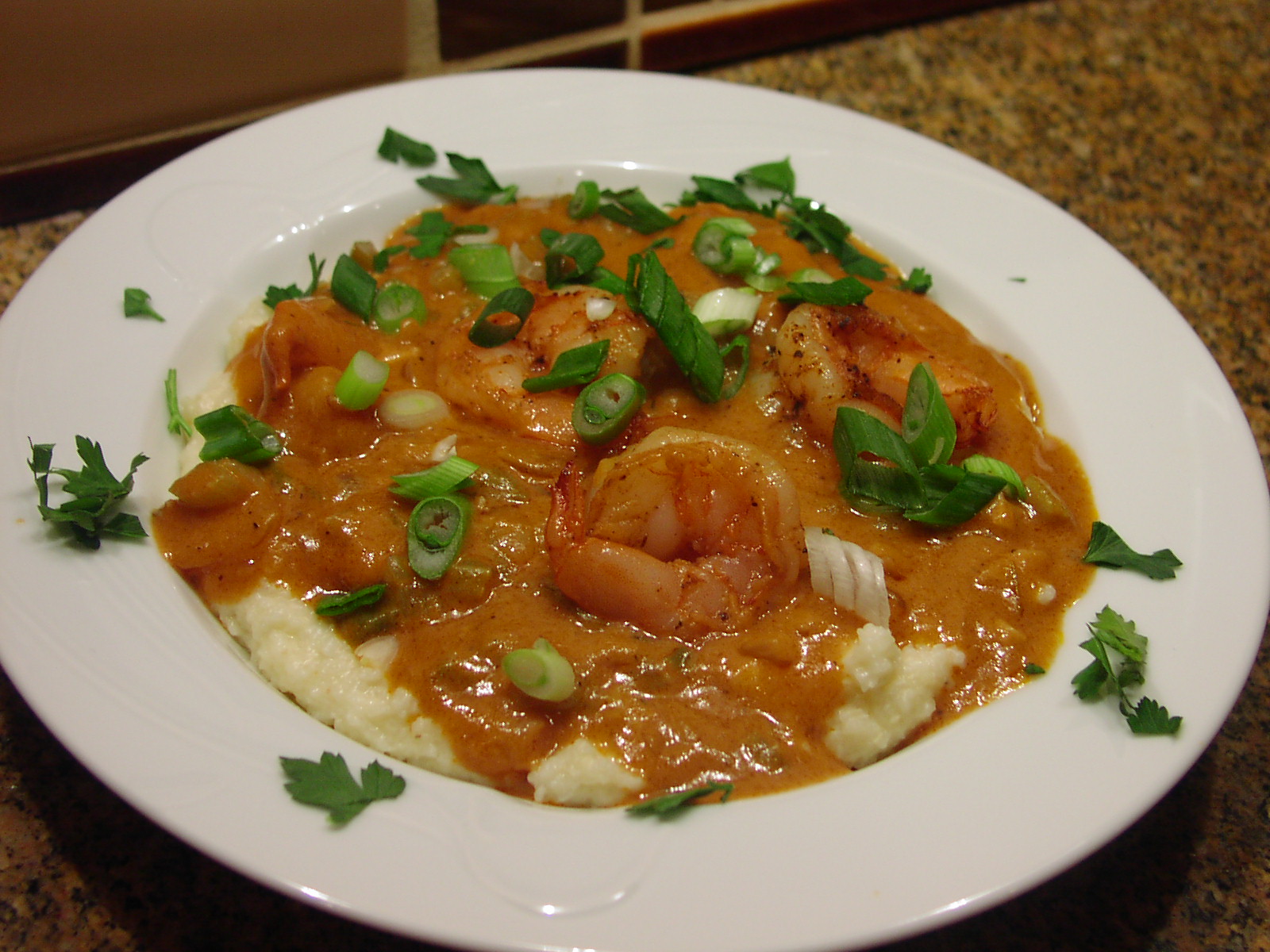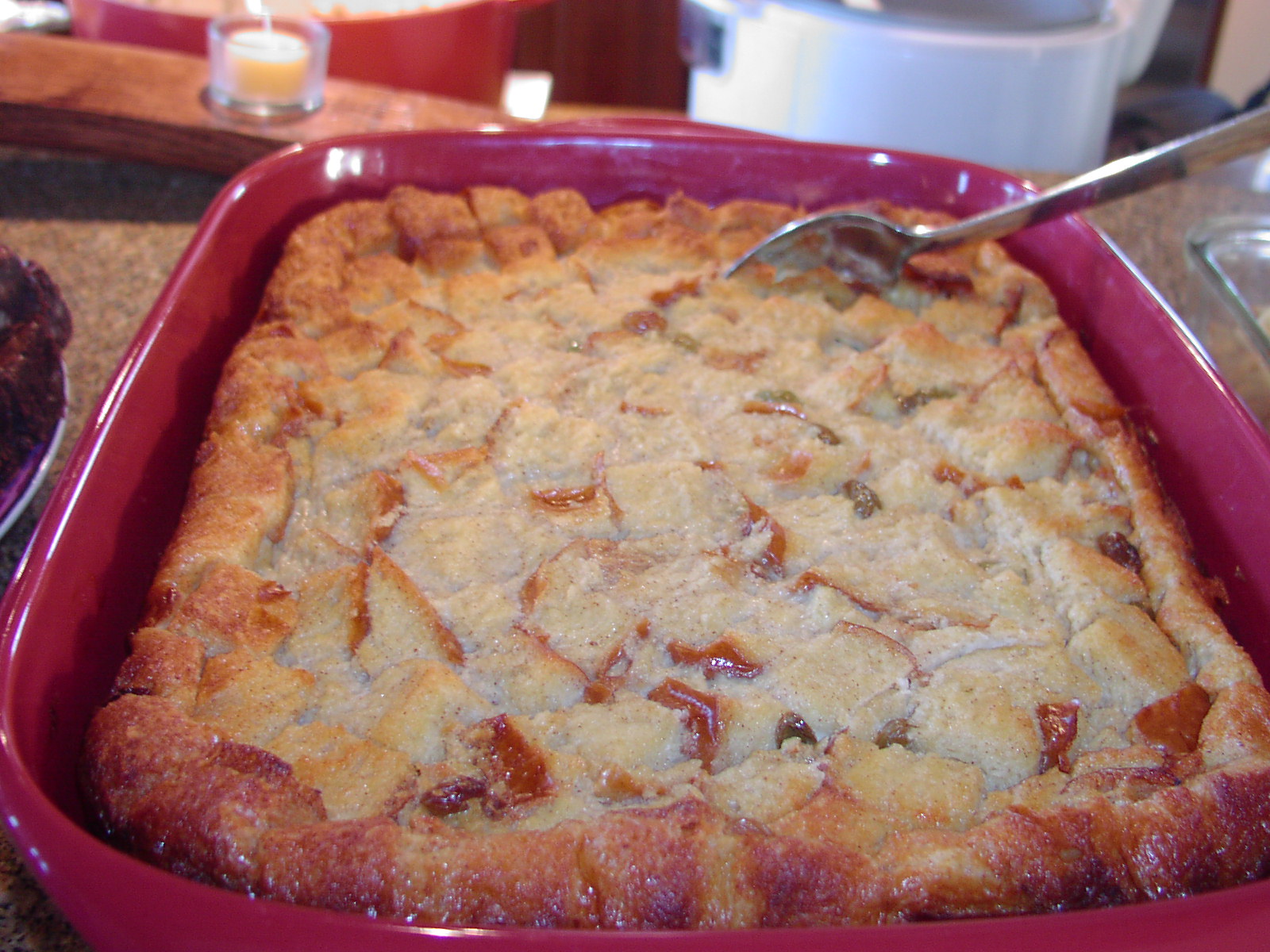
When I was growing up, my grandmother usually cooked our main Sunday meal. Supper was served after church at about 2:00 pm. And the entrée (which is really too refined a word, but apropos) was most often chicken. (I did grow up on a chicken farm after all.) And any dish that my grandmother prepared that included chicken was always delicious. Always. Even though as an all-around cook, she was lacking in many areas. But that’s neither here nor there. Her chicken dishes were fabulous. And my favorite was basically fried chicken that she had dumped some heavy cream or whole milk over and then baked in the oven until the chicken melted in your mouth. Basically – smothered fried chicken. And then to top things off, she served the chicken with mashed potatoes. OMG. There just wasn’t any food better in my life in those days than grandma’s smothered chicken. So of course it had to be one of the first things I wanted to learn to build for my own family.
And for years I completely failed at making this simple dish as tasty as my grandmother’s. Until the day I realized I was not starting with the same product. Grandma started with a fresh (and I do mean fresh), grain fed chicken fried in butter. (Home churned butter from our cows.) And then baked in heavy cream, again from our cows. While I was starting with a chicken that was fresh all right. Freshly purchased from our local grocery store! And I’m here to tell you, there is simply no comparing the two, even if in reality they are the same critter.
So for years I beat myself up trying to reproduce grandma’s chicken. Finally I figured it out. And decided that I was going to have to add a whole bunch of flavor to the gravy if I was going to produce anything with any flavor at all. The chickens I was able to obtain were never going to be anywhere near as flavorful as the ones my grandparents raised.
My recipes for Smothered Fried Chicken and Chicken Paprika are already on this site. And they are darned delicious. But yesterday I wanted to come up with a Southern smothered chicken with a Cajun twist. So I went online and found the bones of this recipe on the Immaculate Bites web site. I did make some changes, but mainly this wonderful recipe is compliments of Imma. So thank you Imma for sharing your wonderful recipe.
Now, this is not a low calorie or carb dish. This is a down home, Southern comfort, diet be damned, treat. And absolutely perfect when what you need is a bit of pampering.
And can’t we all use a healthy dose of pampering right now as we ride out the pandemic, race relation havoc, wild fire and hurricane devastation, not to mention the upcoming presidential election. I think for Mr. C. and me, October is going to be dubbed “Comfort Food Month” here at Chez Carr! At least for this year. Hopefully next October will be another story and we can enjoy our usual restrained eating habits in preparation for the holidays. (Right, as if that ever happens!)
Anyway, we really enjoyed this chicken dish last evening. I served the chicken with steamed rice and fresh green beans. Absolutely yum.
So as always, look on the bright side of life. And do whatever you can to make life better for not only yourself, but for everyone with whom you come in contact. Your smile might mean the difference between a bad day and a good day for a stranger. Your smile might help someone remember that kindness and courtesy are still the prevailing sentiment in our country. And your smile might remind someone that the essence of decency is still alive and well with the mass majority of US citizens.
Most of us are not racist, or homophobic, or xenophobic, or consider ourselves better than others. Most of us are just trying to live our lives as best we can. So please don’t let a few militants detract you from doing what you know in your heart is the right thing to do.
I love this quote from Dr. Martin Luther King “Cowardice asks the question – is it safe? Expediency asks the question – is it politic? Vanity asks the question – is it popular? But conscience asks the question – is it right? And there comes a time when one must take a position that is neither safe, nor politic, nor popular; but one must take it because it is right.”
Peace and love to all.
Frying the Chicken:
1 whole chicken
1 tsp. kosher salt
2-3 tsp. Cajun seasoning, or more to taste
¾ c. unbleached all-purpose flour
pinch cayenne pepper
½ tsp. paprika
½ tsp. white pepper
1 tsp. granulated onion
1 tsp. dried thyme
2 tsp. granulated garlic
2 T. vegetable oil
1 T. unsalted butter
1 med. onion, diced
4 garlic cloves, finely minced
Cut the chicken into 8 pieces – 2 thighs, 2 legs, 2 breasts – each cut in half. (I leave the skin on the chicken legs, but remove it from the thighs and breasts.) I use the wings and backs to make the chicken stock for the gravy. (See recipe below.)
Pat the chicken pieces dry with a paper towel, then season both sides with the kosher salt and Cajun seasoning. Whisk the flour, cayenne, paprika, white pepper, granulated onion, dried thyme, and granulated garlic together in a shallow container. Dredge the seasoned chicken in flour mixture until well coated. Shake off excess flour. Save the rest of the seasoned flour.
Heat oil and butter in a lidded cast iron or heavy skillet over medium heat. (I use my shallow lidded Le Creuset Cast Iron Braiser pan for this recipe.) Fry the chicken on both sides until golden brown. Remove chicken from skillet and place on a plate. (The chicken doesn’t have to be completely done at this point.)
Add the onion to the skillet; sauté until the onion is soft. Add the garlic and continue cooking for another minute. Remove onion and garlic to the same plate with the chicken. Do not wash the frying pan.
Making the Chicken Gravy:
3 T. unsalted butter
3 c. chicken broth, or more as needed (see recipe below)
¾ c. whole milk
Add the butter to the pan. Then add the remainder of the seasoned flour left over from dredging the chicken. Stir with a heavy whisk until it comes together and forms a dry paste. Let cook for a couple minutes over low heat until the roux starts to brown. Stir the whole time. (The darker the roux, the more flavorful the gravy.)
Then very slowly pour in the chicken broth and whisk like crazy. (You don’t want any lumps in your gravy.) And make sure you get every last bit of the stuck on brown stuff on the bottom of the pan. Therein lies a lot of flavor. Then add the milk and cook for about 5 minutes until the gravy is nice and thick. Return the chicken pieces including any juices, onions, and garlic to the pan. Mix all together. Taste the gravy and adjust seasoning. Bring gravy to a boil, then reduce heat to a simmer. Cover pan and remove from heat.
Bake the chicken and gravy in a pre-heated 350 degree oven for 1 hour. Halfway through the baking time, stir the chicken to prevent sticking. Add more chicken stock if the gravy looks too thick. When done, the chicken should be falling off the bone tender. Remove from oven and let sit covered for 5-7 minutes.
Serve with rice or mashed potatoes and a green veggie or salad.
Please Note: You can use other chicken cuts based on your preference.
Simple Homemade Chicken Stock
4 c. water
1 T. chicken bouillon (I use Better Than Bouillon Chicken base)
wings and back from the cut up chicken
1 lg. carrot, cut into chunks
1 celery stalk, plus leaves – chunked
¼ lg. onion, chunked
1 lg. bay leaf
2 tsp. dried parsley
¼ tsp. dried thyme
¼ tsp. poultry seasoning
freshly ground black pepper
Place in a large covered soup pot. Bring to a boil, reduce heat, cover, and simmer for a couple of hours. Use as the broth for this recipe.


